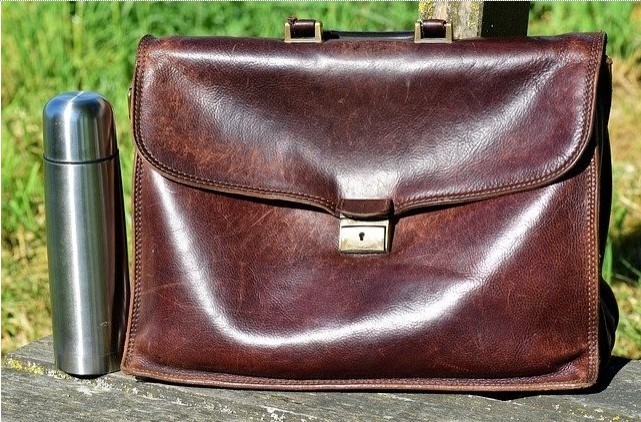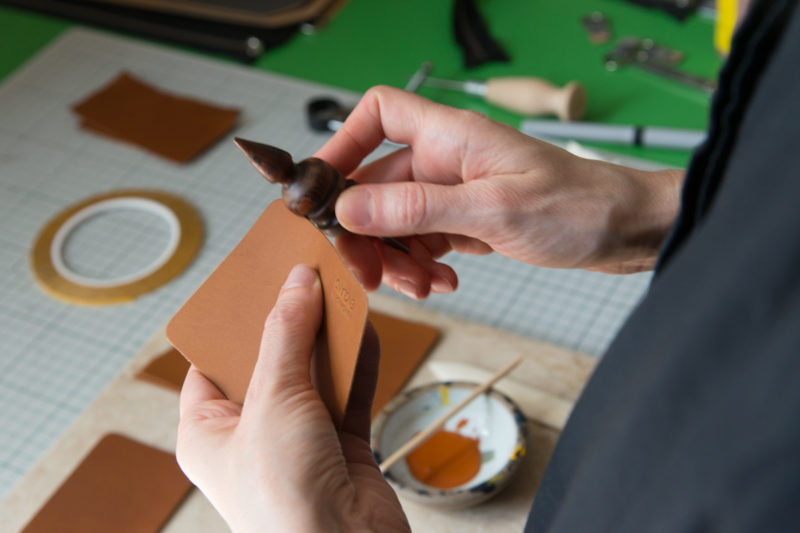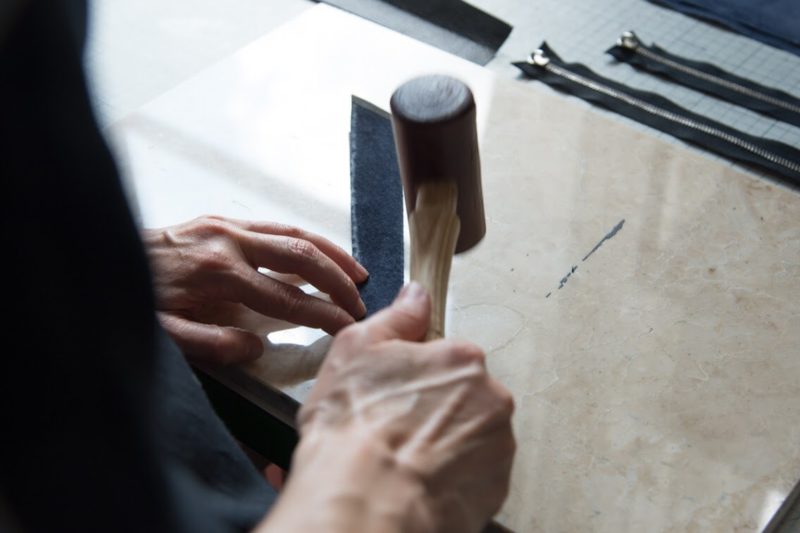Why Leather is Actually Good For The Environment
In recent years, the issues of sustainability have driven the narrative of leather products. The fact that leather is obtained from the hide of various animals is what raises these concerns. These concerns, however, are a myth as the needed processes have now been implemented in the workflow of the leather industry.
Additionally, the integration of technology into the leathercrafting industry has seen the development of plant-based vegan leathers. These developments and other changes in leather manufacturing have meant that the leathermaking process has become majorly sustainable.
This article will go through the process involved in leather making so that you’re better equipped with the facts about leather. And can ultimately take a stand as to whether the leather is good for the environment.
Understanding Leather Making
Understanding leathermaking is critical to better understanding whether or not leathercrafting is harmful to the environment. People often tend to develop misconceptions based on face value rather than being equipped with thorough knowledge on the subject. So let’s try and understand the nuances that are involved in leathermaking.
Procuring Raw Material

The first step of the leathermaking process is to obtain the animal hide. The most commonly used hide is that from a cow, which is usually a by-product of the meat and dairy industry.
The hide is prepared by removing the skin and the flesh from the animal by placing it in a brine solution. If the hide has hair on it, it needs to be removed. A solution that contains calcium oxide is used, and the hide is soaked for a couple of days. At the end of this process, one is left with a white, clean surface.
Tanning
Now that the hide has been prepared, the second stage in the leathermaking process is called tanning, where the hides are converted into the leather by preserving the protein and preventing decomposition.
Chrome tanning and vegetable tanning are the two predominantly used techniques in the leather industry, and there are stark differences between the two. The impact of these techniques on the environment will be discussed later in the article.
Dyeing
During this process, the base leather is imparted with browns and blacks or a bright and bold colour.
The dyeing process can be incredibly lengthy as the leather needs to sit in a solution with the dye to soak up the colour. Once the soaking process is done, the leather needs to be rinsed thoroughly to remove any residual dye pigments. The leather is then left to dry out.
Finishing
Once the dyeing process is complete, all that is left in the leathermaking process is the finishing. During this stage, the leather is treated to ensure that the hide is supple and the exterior has a glossy finish. The leather is stretched, and natural oils are added to help lubricate the fabric. The stretching motions help tighten the leather’s pore structure and add that gloss, post which a finishing spray is applied.
This stage can be skipped if you want a naked leather aesthetic.
Veg Tanning vs Chrome Tanning
Tanning plays a vital role in the commercial leathermaking process, and the two most commonly used methods involve either veg tanning or chrome tanning.
Vegetable Tanning
Vegetable tanning involves the use of tannin, a naturally occurring compound found in bark, twigs, roots, and leaves. Since this resin is derived from plant sources, the process is commonly known as vegetable tanning.
During the process, the tannin is used to stabilise and preserve the hide’s collagen, ensuring that the hides have been converted into sturdy, durable and well-preserved leather towards the end of the process.
Leather products manufactured using this process provide consumers with a product that lasts much longer and doesn’t wither away. Moreover, vegetable-tanned leather products tend to mould as per the users’ needs, becoming better as time progresses. If cared for properly and conditioned regularly, cracking, flaking, and deteriorating should not occur for many years.
Thus, vegetable tanning is an eco-friendly leather manufacturing process, and the products that have been vegetable tanned can be recycled.
Chrome Tanning
Chrome tanning preserves the animal hide by using chromium salts to remove the water molecules primarily. This technique is carried out using large drums filled with a mixture of chemicals, and the discharge of this water is detrimental to the environment.
Chemicals such as chromium penetrate deep into the underground water systems and affect humans adversely. These chemicals have been known to affect the eyes, lungs, liver, kidney, and lymph nodes of those who come in contact with them.
From a business perspective, chrome tanning is more profitable because the process is fast and costs less than vegetable tanning. Even the leather produced via this method is soft, thin and flexible, making it perfect for all types of garments and upholstery work.
However, this leather is not long-lasting and will soon become brittle and often crack from various places. Therefore, leather businesses trying to establish the credibility of manufacturing premium leather products using sustainable practices usually refrain from this method.
Leather Used as a By-Product
Contrary to popular belief, the hide used in leather isn’t obtained from killing animals. It is rather a by-product of the meat and dairy industry, which would otherwise be thrown away.
Cowhide is the most commonly used leather, and this by-product is used to manufacture aesthetic products that will last for decades.
Additionally, farmers maintain a large count of livestock, which often include cows, pigs, sheep, and goats. By partnering with them, leather manufacturers use animal hides as a raw material to source their business.
Leather, as a byproduct of the meat industry, means is that the cattle were originally raised for meat, not for making leather, and hence, making leather out of it is just a by-product. Plus, and most importantly, if it’s not used, it’s just burned or thrown away, which can prove to be extra hazardous for the environment.
Conclusion
With that being said, the reality of the situation is that most leather manufacturers from the US use chrome tanning processes despite labelling their products as being ‘eco-friendly’. However, leather enthusiasts and businesses that really understand the true spirit of leathercrafting realise that leather is a slow-fashion material.
The rise of a plethora of sustainable vegan leather options that mimic the properties of leather without impacting the environment has been a welcome change to the leather industry. Additionally, using vegetable-tanned processes that use raw materials that are a by-product of the meat and dairy industry also limits the detrimental effect on the environment and promotes a sustainable way of leathermaking.
We, at CreateLab, fiercely promote sustainability and offer our leather production services in the UK for your leather goods. Please get in touch with us and find out more about our services.
RELATED ARTICLES
MAKING LEATHER TIMELESS: NOSAKHARI’S MISSION TO CELEBRATE DIFFERENCE IN THE MODERN WORLD
LUXURIOUS LEATHER CHECKLIST: WHAT TO KNOW BEFORE YOU BUY
PLANNING YOUR FIRST MEETING WITH A LEATHER MANUFACTURER
HOW TO CREATE A BESPOKE CUSTOM-MADE LEATHER WALLET
TO PREPARE FOR YOUR DESIGN CONSULTATION
HOW SAMPLE MAKING COULD SAVE YOUR LEATHER INNOVATIONS FROM “DEVELOPMENT HELL”
TOP 3 LEATHER MANUFACTURING TRENDS THAT ARE CHANGING THE FUTURE OF FASHION
8 BENEFITS OF MANUFACTURING YOUR LEATHER GOODS LOCALLY





